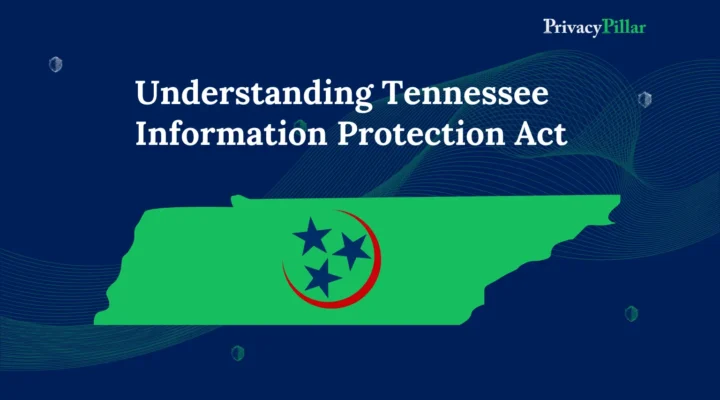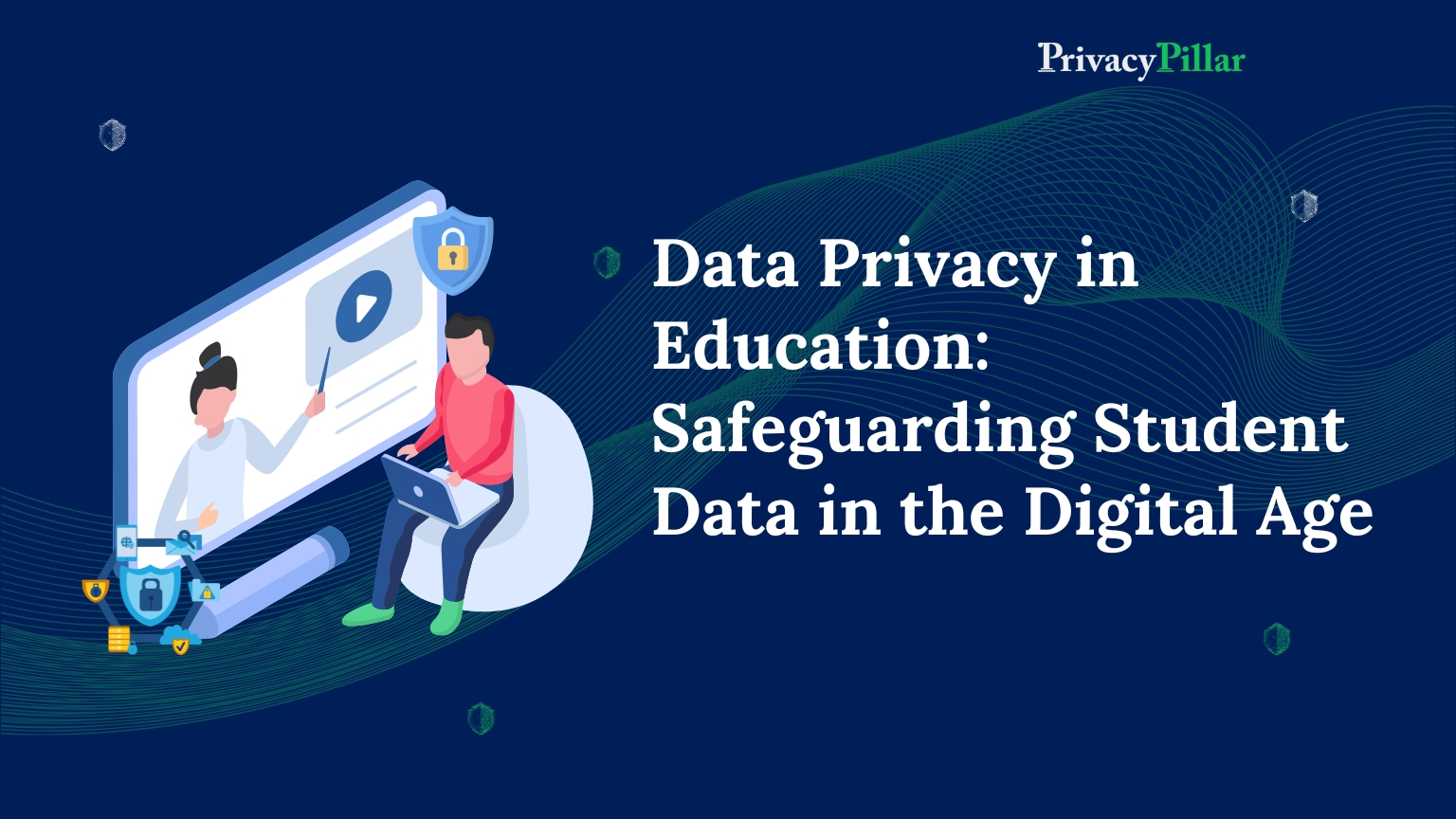
Understanding Child Data Privacy: A Guide for Parents and Businesses
Protecting children’s data has become more important in today’s digital world. Parents are concerned with protecting their personal information as children are increasingly using technology. As technology has become an essential part of children’s lives, especially through online learning platforms and social media, the chances of this data being misused are also very high. Children’s data needs much more stringent protection because they are vulnerable and not able to realize the potential risks to the data shared by them.
What Is Child Data?
Child data refers to any information that can identify a child, such as names, birth dates, locations or any other personal details collected through digital platform. This data can be collected through various means including online registrations, social media activities, and even smart toys.
Why Is Child Data Vulnerable?
Children often are not aware of the consequences of sharing personal information online nor do they understand what happens to the data shared by them. This makes them easy targets for data breaches, identity theft and exploitation.
Legal Framework Governing Child Data Privacy
Children’s Online Privacy Protection Act (COPPA)
In the United States, the primary law governing child data privacy is the Children’s Online Privacy Protection Act (COPPA). Enacted in 1998, COPPA applies to websites, apps, and online services for children under 13 years old. It requires a business to obtain parental consent to use or collect a child’s personal information.
California Consumer Privacy Act (CCPA)
The California Consumer Privacy Act (CCPA) includes specific provisions for the protection of child data. A business entity is required to ensure that a parent or guardian gives verified opt-in consent prior to the selling of the personal information for a child to a third party. For teens aged between 13 and 16 years, businesses require affirmative consent.
General Data Protection Regulation (GDPR)
The European Union’s General Data Protection Regulation (GDPR) contains strong provisions for the protection of child data. Under GDPR, the processing of personal data for children under 16 years requires parental consent, although this age limit may vary among member states. GDPR also emphasizes the importance of clear and age-appropriate privacy notices.
Age-Appropriate Design Code (AADC)
The UK’s Age-Appropriate Design Code also known as the Children’s Code, lays down 15 standards that online services must follow to ensure that they are appropriate for children. The code emphasizes the need for high privacy settings by default and the minimization of data collection.
Challenges in Protecting Child Data Privacy
Verifiable Parental Consent
Obtaining verifiable parental consent can be difficult, particularly for businesses operating in multiple jurisdictions with different legal requirements. The process needs to be strong enough to make sure that consent is genuinely obtained from a parent or guardian while not adding layers of unnecessary barriers to use.
Age Verification
Another significant challenge is to accurately determine the user’s age. Many online services rely on self-reported age, which children can easily bypass.
Evolving Technology
As technology evolves, new platforms and devices are being introduced, making it challenging to stay updated on the latest risks to children’s data privacy. For example, the rise of use of connected toys and other smart devices introduces new risks because such products usually collect and store personal data.
Global Compliance
For companies whose operations are global, it can be challenging to comply with the different laws protecting child information. Different countries have different laws and standards, and businesses must find a solution that can maintain consistent privacy practices and ensure information safety regardless of its origin.
What are the Responsibilities of Businesses?
Obtain Parental Consent
Before gathering personal information from children, businesses must get permission from parents. This process should be simple and clear so that parents understand what data is being collected and why.
Data Collection Practices
Businesses must ensure transparency in their data collection practices. This includes informing parents about what data is being collected from their children and how it will be used. Consent forms should be clear, concise, and easy to understand.
Implementing Security Measures
Businesses should use strong security methods to protect children’s personal information. Businesses should use encryption, make regular security audits, and data minimization strategies to ensure that only necessary data is collected and stored securely.
Ensuring Compliance with Laws
Compliance with child data privacy laws is not optional. Businesses should appoint Data Protection Officers (DPOs) who are responsible for overseeing compliance with these regulations and ensuring that data breaches are handled promptly and transparently.
Privacy by Design
When creating products or services that children will use, businesses need to think about kids’ unique needs. Privacy settings should automatically be set to the highest protection level, and the amount of data collected from children should be kept to a minimum.
Provide Clear and Accessible Privacy Notices
Privacy notices should be written in simple language that both kids and parents can understand. These notices should explain what data is being collected, why it’s needed, and how it will be used.
Regularly Review and Update Privacy Practices
As technology and regulations evolve businesses must regularly review and update their privacy practices. This includes staying informed about changes in the law and emerging threats to child data privacy.
What are the Parental Responsibilities in Protecting Child Data
Educate Your Children
One of the most effective ways to protect your child’s privacy is to educate them about the importance of safeguarding their personal information. Teach them not to share personal details online, such as their full name, address, or phone number.
Use Parental Controls
Many devices and platforms offer parental control features that allow you to monitor and restrict your child’s online activities. Use these tools to set age-appropriate limits on the websites and apps your child can access.
Review Privacy Settings
Regularly review the privacy settings on your child’s devices and accounts. Ensure that these settings are configured to provide the highest level of privacy and that personal data is not being shared unnecessarily.
Monitor Online Activity
Keep an eye on your child’s online activities, including the websites they visit, the apps they use, and the people they interact with. Encourage open communication so your child feels comfortable discussing any concerns they may have.
Managing Consent
Understanding and managing consent is vital. Parents should know what they are consenting to when allowing apps or websites to collect their children’s data and should have the ability to revoke that consent at any time.
Be Cautious with Sharing Photos
Be mindful of the photos you share online, especially those that include your child. Even images can reveal personal information, such as your child’s location or daily routines.
Emerging Technologies and Their Impact on Child Data Privacy
The Role of AI
Artificial Intelligence (AI) is increasingly being used in educational tools and apps targeted at children. While AI can enhance learning experiences, it also raises privacy concerns, particularly in the collection of data about children to train the different algorithms.
Social Media and Gaming Platforms
Platforms like TikTok and Fortnite, which are popular among children, have been under scrutiny for their data privacy practices. Businesses operating such platforms must implement stricter privacy controls and ensure that their users’ data is protected.
Internet of Things (IoT)
The Internet of Things (IoT) is a network of connected devices that collect and share data. IoT devices like smart toys, wearables, and home assistants, often collect a lot of information about users including children. If these devices gather sensitive data without proper protection, they can create privacy concerns. It is important for businesses to have strong security measures and transparent data collection practices for all IoT devices that shall be used by children.
Augmented Reality (AR) and Virtual Reality (VR)
Augmented reality and virtual reality technologies offer exciting experiences that can be very engaging for children. However, these technologies also involve the collection of detailed personal data, including biometric information and behavioral patterns. It is important to ensure that AR and VR applications comply with privacy regulations and provide clear information about data usage in order to protect children data privacy.
Biometric Data and Facial Recognition
The use of biometric data, including facial recognition, in schools and other child-focused environments is becoming more common. However, this raises significant privacy concerns, and businesses must navigate these challenges carefully.

